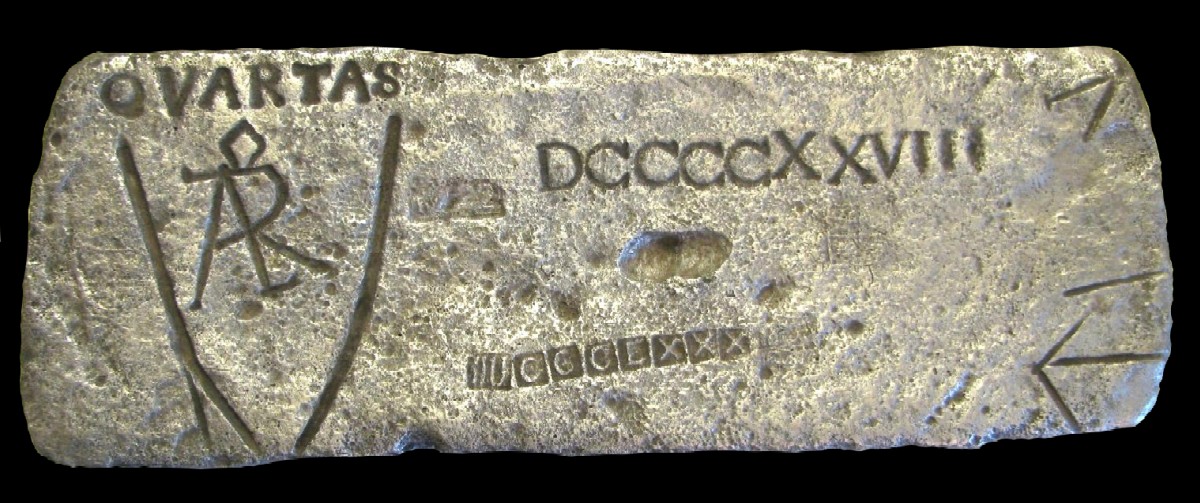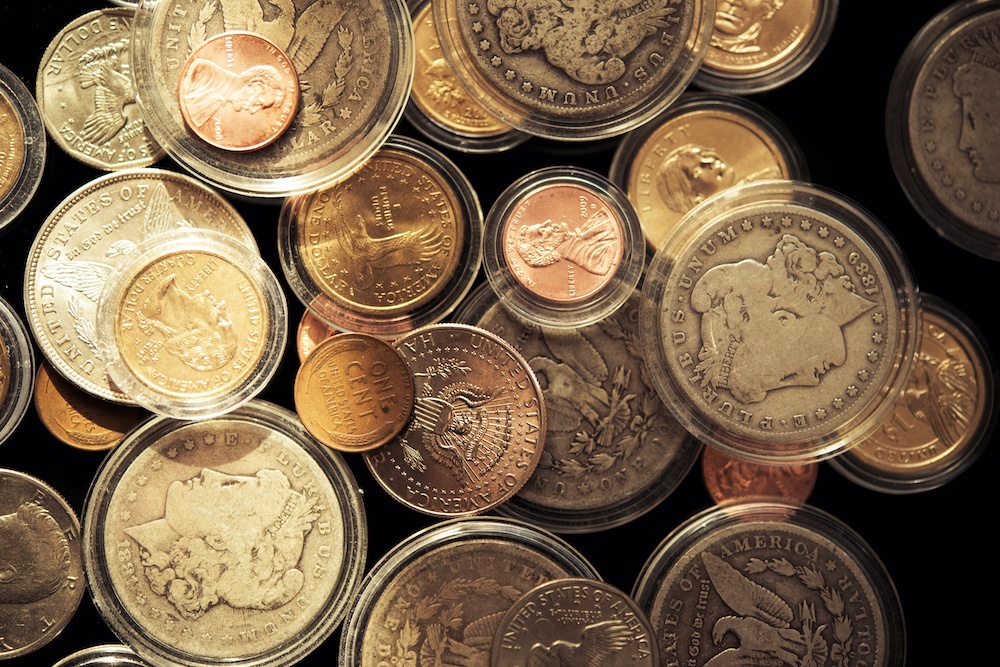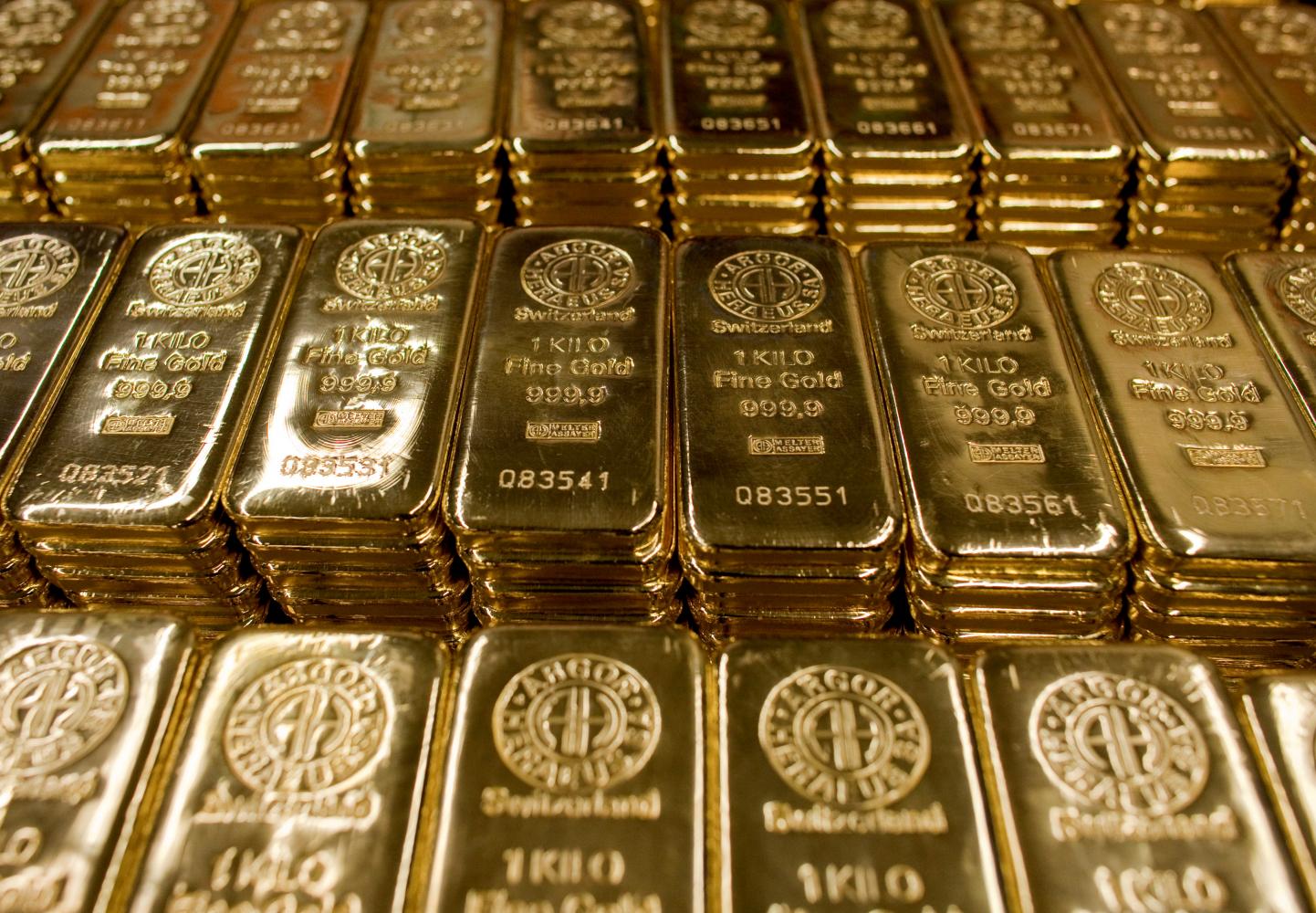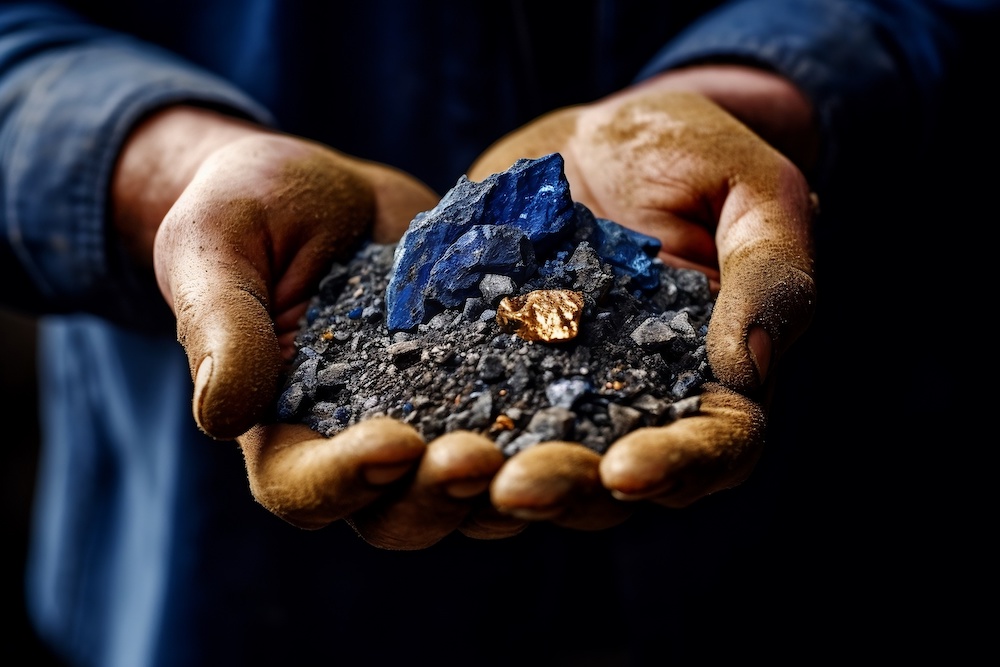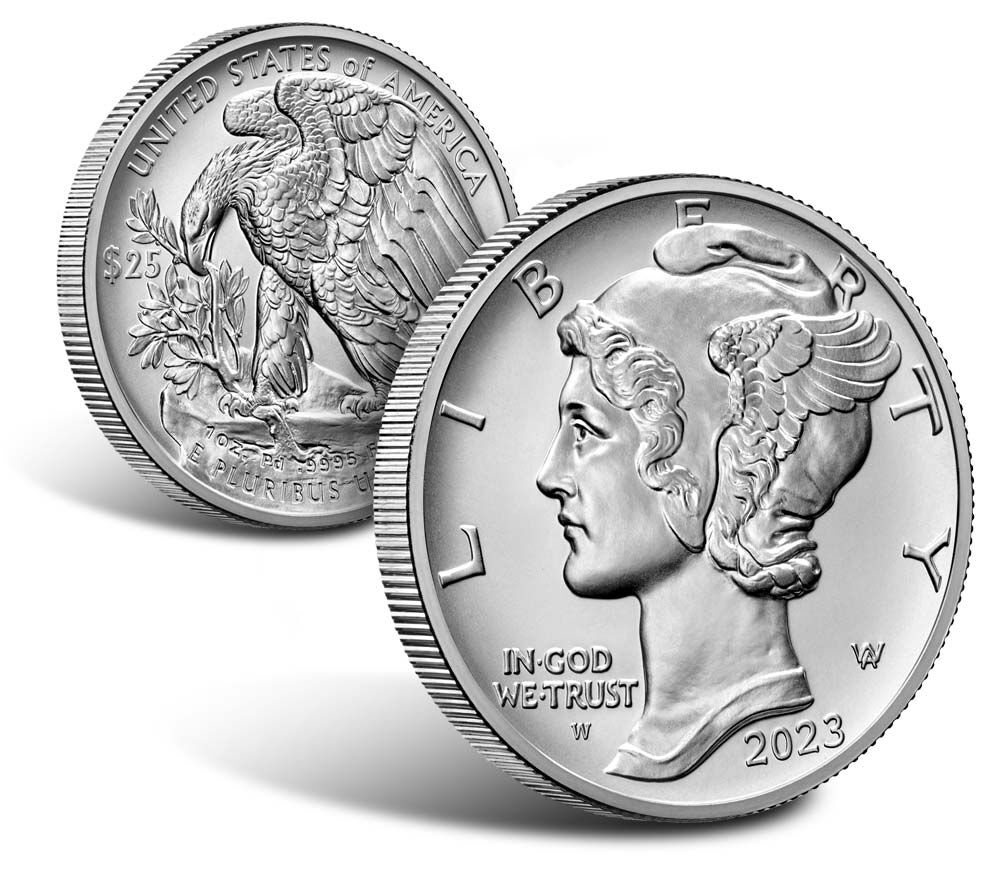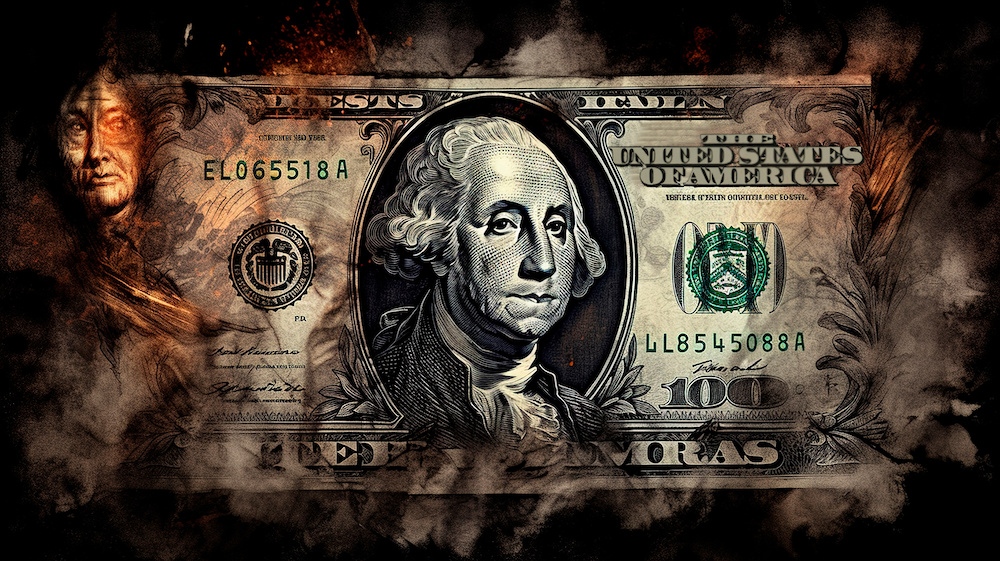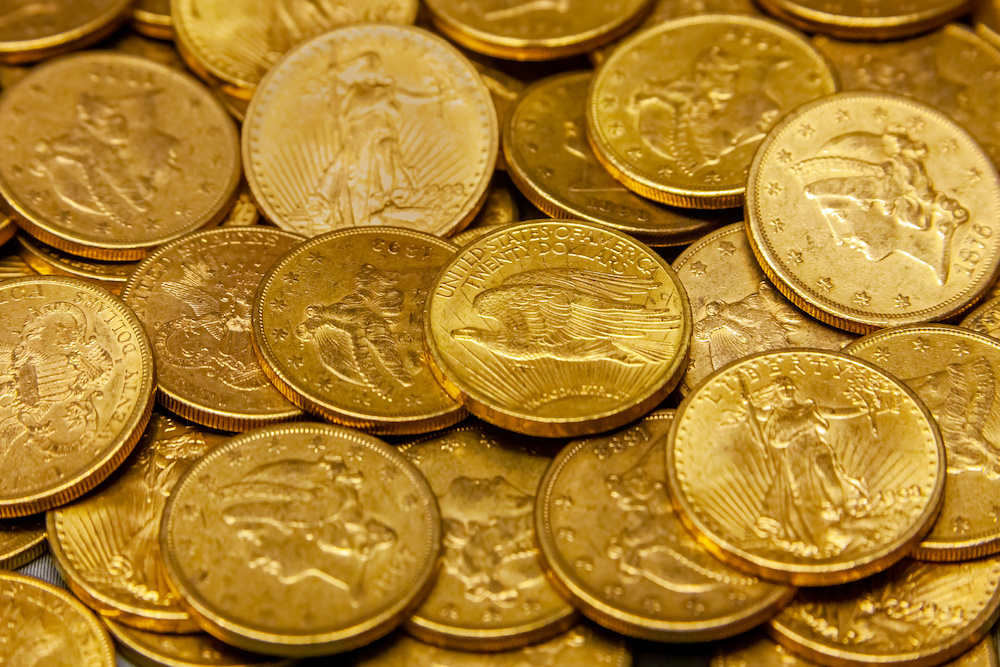Modern minting technology allows for a wide range of finishes, providing both government and private mints with many creative options in the ideation of unique coins. Each finish serves a specific purpose and contributes to the overall appeal and collectible value of the coin.
Many mints issue the same coin with different finishes, mainly for aesthetic purposes and to enhance their overall appearance. The choice of finish can give a coin a distinct look and feel, making it more attractive to collectors and investors.
Special finishes are sometimes used for commemorative coins, marking significant events or anniversaries, helping to distinguish commemorative coins from regular bullion coins.
Proof Finish
A proof coin is a special type of coin that is struck using a unique minting process to create a high-quality, highly detailed, and mirror-like finish.
The term “proof” is derived from the original purpose of these coins. Historically, minting facilities would produce a small number of test coins to ensure the dies were properly prepared and to showcase the quality of their work. These “proofs” were often presented to mint officials for approval before regular coin production.
Proof coins are specifically made for collectors and are not intended for everyday circulation. They are often considered to be the highest standard of coin production and are sought after by numismatists and investors.
A proof finish is achieved through multiple strikes on specially prepared dies and planchets. The planchets used for proof coins are carefully selected to ensure they are free of defects or imperfections.
The dies used to strike proof coins are polished to a mirror-like finish to ensure the finest details are captured on the coin’s surface.
Proof coins are struck multiple times with greater pressure than regular coins. This process helps to achieve sharp, well-defined images and deeply mirrored fields.
Throughout the production process, proof coins are carefully handled to minimize the risk of scratches or blemishes on the coin’s surface. The result is a highly detailed, mirror-like surface with frosted design elements.
Due to their limited mintage, unique appearance, and higher quality, proof coins typically command higher prices than their standard bullion counterparts. Proof coins are produced for collectors and often come in protective cases with certificates of authenticity.
US Mint Proof American Eagles and Buffalos
The US Mint issues Proof finish American Eagle coins in both silver and gold. The Proof Finish American Gold Buffalo is only minted in limited quantities, making it one of the most sought after each year.
Buying random year American Eagle Silver Proof coins is a great way to become familiar with why collectors adore these coins. The mintage amounts change each year based on subscriptions, demand and pre-orders.
During the current year release, these coins are sold directly by the mint to consumers at a fixed price. Collector demand is extremely high and the coins are quickly sold out, typically within hours of becoming available to order.
Due to the high collector demand, the numismatic premiums quickly rise and values are highest for the smallest American Silver Eagle Proof Coin Mintage Years.
They are popular among collectors for their aesthetic appeal and numismatic value. Many other countries issue annual proof coin sets, which often include a variety of denominations and designs, making them attractive additions to coin collections.
Brilliant Uncirculated (BU) Finish
The term “Brilliant Uncirculated” indicates that the coin is in pristine condition, free from any signs of wear or circulation marks. BU coins are intended for collectors and investors, and they are typically not intended for circulation.
The dies are polished to ensure sharp and clear design elements, and the planchets are carefully handled to avoid any potential damage. Sometimes referred to as a Business Strike, this is the most common finish amongst newly minted silver coins.
BU coins have a lustrous and shiny appearance, often resembling the look of freshly minted coins. They feature well-defined and raised design elements, with deep, crisp details. The background of the coin is usually smooth and reflective, adding to the coin’s overall brilliance.
This finish is used for coins intended for circulation or general use but with a higher level of detail and quality than standard circulation coins. BU coins have a lustrous, shiny appearance and are typically free from marks or imperfections.
Matte Finish
A matte finish coin has a non-reflective, satin-like appearance on its surface. Unlike the traditional shiny and reflective surfaces of most coins, a matte finish coin has a smooth and subdued look, which gives it a unique and distinct appearance.
The matte finish is achieved through a different minting process than the standard brilliant uncirculated (BU) finish. During the minting process for matte finish coins, the dies and planchets (blanks) are treated differently to create a less glossy and reflective surface.
The design elements may be more detailed than a standard circulation coin, but they lack the mirror-like shine of proof coins.
To achieve the matte finish, the dies used in the minting process are sandblasted or chemically treated, creating a textured surface on the coin’s design elements.
This texture results in a subdued appearance and reduces the coin’s reflectivity. Additionally, the planchets may be treated or annealed differently to achieve the desired matte appearance.
Matte finish coins are often sought after by collectors who appreciate their unique appearance and rarity. The production of matte finish coins is usually limited, making them relatively scarce compared to coins with standard finishes.
Reverse Proof Finish
In a reverse proof coin, the design elements on the coin’s reverse side (the back) have a frosted or matte-like appearance, while the background has a mirror-like, highly polished finish.
This is the opposite of a traditional proof coin, where the design elements are mirror-like, and the background is frosted.
Reverse proof coins are typically issued in limited quantities to mark special occasions, anniversaries or to commemorate significant events and collectors take notice upon their release. The unique appearance of reverse proof coins adds to their appeal, and they are often considered a highlight of many coin collections.
In 2019, the US Mint released an Enhanced Reverse Proof Silver Eagle, extremely limited to just 30,000 coins. The coins sold out in minutes and demand from buyers was so great that it caused the USMint.gov website to crash.
The United States Mint, as well as various other mints around the world continue issuing reverse proof coins for a variety of coin series and denominations. These coins are popular among numismatists and coin enthusiasts for their rarity and eye-catching design.
Antique Finish
Antique finish coins are deliberately aged to give them an antique or vintage appearance.
The process of creating an antique finish involves applying various chemicals or treatments to the surface of the coin to artificially age it. This can include adding patinas, using chemical solutions to darken certain areas, or using mechanical abrasion to create wear and tear marks. The goal is to give the coin the appearance of historical significance or a vintage relic.
The aged appearance of antique finish coins can enhance the details of the design, making them more visually appealing and unique.
The well-known Scottsdale Mint in Arizona is known for producing outstanding silver rounds and bars that are precision machined. The Mint is also contracted by various governments to produce coins on for investors and collectors that are also legal tender.
The Ghana Alien 1 oz Silver Coin series is minted by Scottsdale and is available in an antique finish, along with a variety of others.
Satin Finish
Satin-finish coins have a smooth, non-reflective surface that falls between a proof and a matte finish.
Coins with a satin finish are often characterized with a smooth, even lustrous sheen that is less reflective than a proof coin.
The process of creating a satin finish involves sandblasting the coin’s surface with tiny particles to create a fine, uniform texture. This texture gives the coin a soft, muted appearance and reduces the reflective properties of the metal. Unlike proof coins, which have a mirror-like shine, or brilliant uncirculated coins, which have a standard, glossy finish, satin finish coins have a more subdued and elegant look.
Colorized Finish
This technique uses colorized paints, inks and dyes to add artistic elements to the coin’s surface. Colorized coins are a popular choice among collectors and can feature a wide range of designs, from nature scenes to famous artworks or commemorative themes.
The process of colorizing a coin involves applying a thin layer of color to specific areas of the coin’s design using a specialized ink or paint. This work is often performed by hand after the coin is struck.
Artisans will often work with and the magnifying glasses to ensure colors are carefully and skillfully applied. Some modern mints use advanced technology to ensure precision, consistency and detail.
Colorized coins offer a visually stunning and unique novelty or decorative item that make a great addition to traditional investment coins. Collectors who appreciate the artistic aspect of numismatics also find colorized coins to be attractive additions to their collections.
Collectors interested in colorized coins should be mindful of the quality of the colorization process, as poorly executed colorization can negatively impact the overall value and appeal of the coin. Additionally, colorized coins may require special care to preserve the integrity of the colors over time, as exposure to light and environmental factors can cause fading or damage to the added colors.
Gilded Finish
Coins that have a gilded finish have a thin layer of a different precious metal is applied to specific parts. The additional metal may be of a different color or hue often applied in a way that accentuates particular design elements.
The gilding process involves electroplating or mechanically bonding a thin layer of gold onto the surface of the coin. Various metals are utilized based on their individual characteristics.
The Ghana Alien 1 oz Silver coin series includes a version gilded with Rhodium, in addition to glowing neon colored eyes.
The metal used in gilding is typically of high purity, such as 24-karat gold, to ensure a bright and lasting finish. The gilded layer is carefully applied to specific parts of the coin’s design, often highlighting important elements like portraits, symbols, or inscriptions.
Gilded coins are a popular choice among collectors, as they offer a balance between affordability and the elegance of precious metals. They are often issued as limited editions or special commemorative pieces. Gilded finishes can be found on various types of coins, including bullion coins, numismatic coins, and collector’s editions.
Gilded finishes are primarily decorative in nature and may not significantly affect the intrinsic value of the coin, especially if the underlying coin is made from a base metal.
However, gilded coins can add a touch of luxury and exclusivity to a collection, making them appealing to both investors and numismatists.
Each coin finish serves a specific purpose and contributes to the overall appeal of the coin for collectors and investors. The choice of finish depends on the mint’s artistic vision, the theme of the coin, and the intended target audience.

